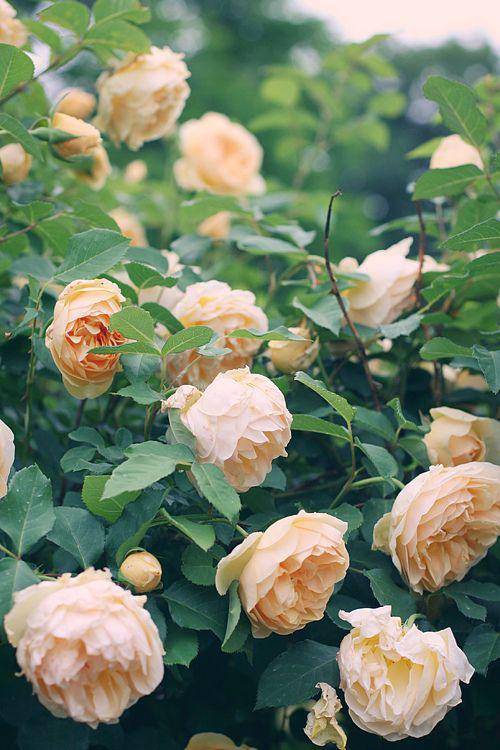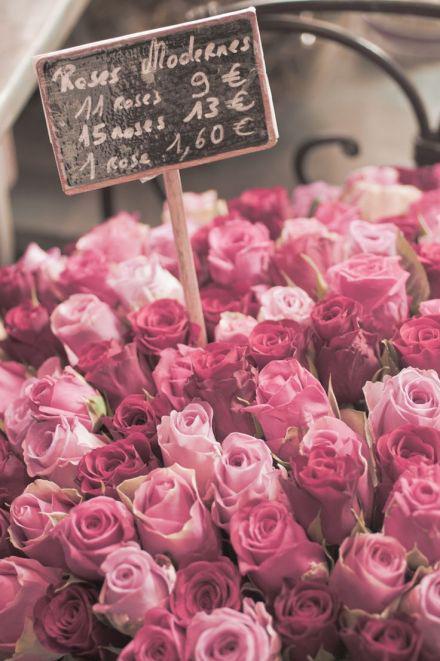The perfumer Stephan Jellinek once said, "Raw materials are to perfumers what colorful pigments are to painters, and words are to poets.".For painters or writers, colors or words are not randomly pieced together. In the process of creation, it is even more necessary to go through meticulous thinking and conception in order to achieve masterpieces.

The same goes for fragrance mixing, where the fragrance is layered and contrasted with each other, rather than just pieced together. It is also necessary to understand the characteristics of each fragrance in order to create a lingering and lingering work.

The ancient Greek philosopher Aristotle not only proposed Metaphysics, which became the foundation of Chinese philosophical history, but also had a very deep study of aroma. He roughly divided aroma into five categories: sweet, astringent, rough, stimulating, and rich. Later, Eugene Rimmel published his unique classification in his book The Book of Perfumes, dividing aroma into a total of 18 categories: (1) almond, (2) ambergris, (3) fennel, (4) sesame, (5) camphor, (6) clove, (7) fruity, (8) citrus, (9) jasmine, (10) jasmine Lavender, (11) mint, (12) musk, (13) orange blossom, (14) rose, (15) sandalwood, (16) spice, (17) evening jasmine, (18) violet.Classifying based on the common characteristics of odors is a necessary map to guide beginners into the world of aromatics, indicating the necessity of classifying raw materials.
